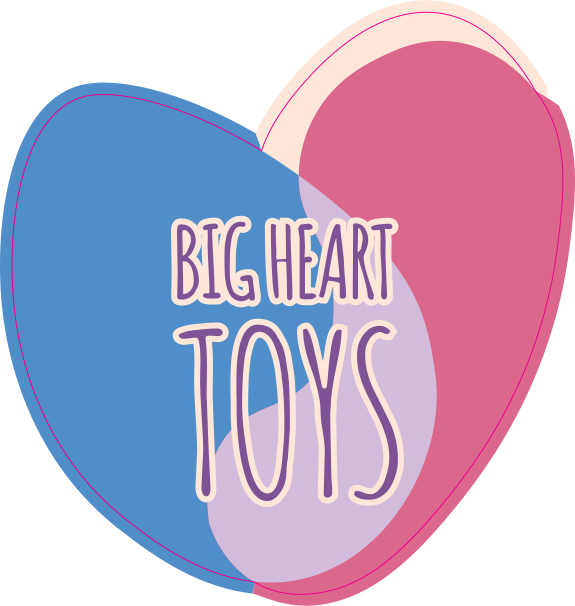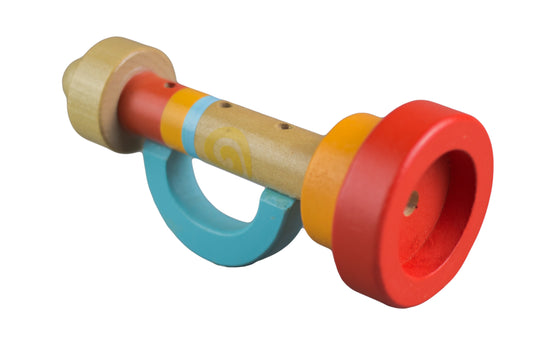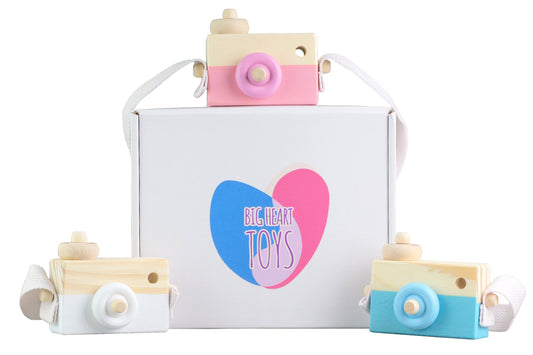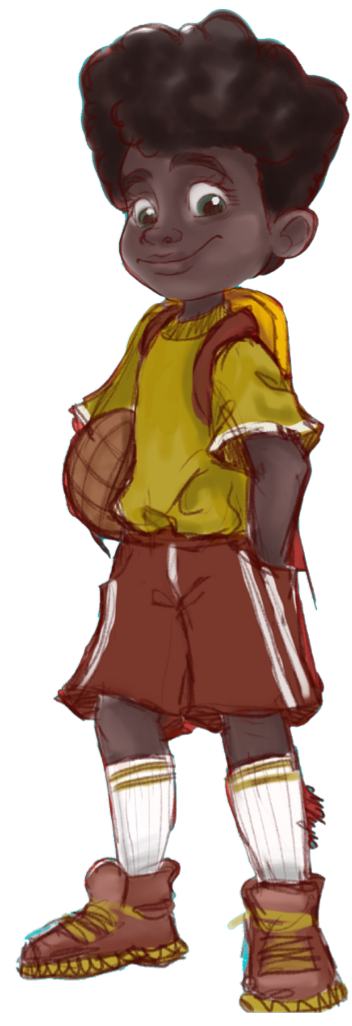Just like adults, children can often struggle with expressing their feelings verbally. Oftentimes children will express their feelings through their behaviors. This is especially true for infants and small children that can not speak.
When a child is feeling upset, they may have a tantrum or even show aggression towards you. Then, on the other hand, they could be feeling happy and loved and give you a big hug out of the blue.
Whatever emotions your child feels, there is a good chance they are showing you how they feel without even saying a word. It could be subtle facial expressions or a big reaction like throwing themselves on the floor and screaming. Children express feelings in so many ways so it is important to pay attention to not only words but body language as well.
As parents, we want to always be great role models. We know how essential it is to act appropriately in front of our children. So practicing healthy behaviors will certainly reflect in our children. Teaching them how to express their emotions more positively will help them exceed as adults and have a healthy mental state of mind as adults.
Emotional development in children is so Important. Recognizing different emotions through behavior and teaching them how to deal with them is an important task for parents.
Let's talk about how your child might convey their emotions through behavior.
Happiness
We all want our children to be happy. Not only is it important for your child to express this emotion, but it is also important for a parent to see their child express happiness. A child may express happiness in many different ways.
Here are a few you may recognize:
- Smiling
- Laughing
- Being Calm
- Playing happily with peers
- Snuggling
Anger
We wish our children could always be happy, but unfortunately, there are going to be times when your child is angry and unable to put this emotion into words. If a child has seen someone else get angry and act out, there is a good chance they are going to do the same. Anger is often considered to be a secondary emotion. For example, if your child feels sad that a peer ignored them at recess, anger will likely flash after the sensation of sadness.
Here are some ways they might express anger:
- Throwing a toy across the room
- Crying
- Yelling
- Hitting
Sadness
When a child doesn't get their way, they may not always get angry; they might actually get sad. It is always hard to see your child sad, but it is an emotion that is inevitable. Sometimes a loved one may pass away, or your child may have lost their favorite toy. Whatever the case may be, your child will most likely experience sadness.
Let's look at some ways your child will express sadness:
- Crying
- Frowning
- Moping
- Talking in a low, muffled voice
Understanding a Child’s Emotions
It is so easy for us to expect our children to act a certain way and speak a certain way. Sometimes our children pick up on our emotions and stresses and it can also affect their mental health.
It’s best to lead by example. Practice expressing your emotions in a positive way. Talk about your feelings with your child. Teach them how to think before they react.
A good example of thinking before reacting would be to take deep breaths before yelling when you are feeling angry. Strong emotions like anger can be hard to control so having tools to cope will make reactions less explosive.
Sometimes children don’t know how to use words to express their feelings. So they lean toward reacting in a physical way. It is our job as parents to teach them when it is important to use words and not behavior. Young children do not always understand how to do this, so it may take some time to learn. Just be patient with them.
Modeling emotional expression starts at a very young age — encouraging babies to smile around two months of age can help boost their self-esteem later in life.
Put Yourself in Their Shoes
We have to remember that our children are not born with the knowledge that we have. They do not know how to act and react; it’s our job to teach them. The adult brain is fully formed around 25 years old — our kiddos are a far way from that. What seems rational to us might not even appear as an alternative to them.
The best way to help your child learn and grow is to put yourself in their situation. If they are acting out, think about why they are doing this and how you can help them understand why it is wrong. You should also talk with your child and ask them how they are feeling. What we might perceive as anger may actually be a child feeling left out or sad.
Teaching children how to manage and express their feelings will make them more likely to talk about their feelings with you. So when your child has big emotions, just take a minute to reflect on what you see and ask them how they are feeling. Tell them it is ok to take a quick time out to process what they are feeling and how they should portray those feelings.
Ask them to identify their body sensations and see if these connect to their big feelings. Butterflies in the belly could be anxiety. A tight heart might be worry.
Children and Adults Perceive Situations Differently
Keep in mind that children are experiencing new things every day. It can be overwhelming for them. Imagine a child crying in the lap of a mall Santa Clause. For adults, we understand the concept of the situation.
Young children, especially babies and toddlers, might not totally get what’s going on. Instead of taking a cute photo to send to the relatives, all they know is that they’ve been handed to a complete stranger in a loud, busy shopping mall.
Don’t Assume
Even though our children are always evolving, they don’t know everything. Even pre-teens or teenagers who mascarade with confidence can still use some guidance to process what they experience.
You also don’t always want to assume your child is happy. Sometimes emotions look like each other on the surface but don’t quite fit what your child is truly feeling on the inside. For example, nervous laughter is a common phenomenon.
Consider this hypothetical situation: You may think they are having the time of their lives on that mini roller coaster. But they could be terrified and actually not want to ride on it.
Nervous laughter is a common occurrence in tense situations. Scientists speculate that nervous laughter is a type of emotional regulation used to calm the brain in what we perceive as a dangerous situation.
Learning About Emotions Through Books
At Big Heart Toys, we are very passionate about teaching our children through books. Reading aloud to children helps nurture a love of literature from an early age. It also fosters a loving, trusting bond between child and caregiver.
We can’t say it enough: Children learn by example. That’s why intrusive books that appeal to their age range can model how to manage their own emotions.
A few titles that your child may love are:
Emotion Coaching
We have talked about all the ways to recognize your child’s feelings through their behaviors. You call this emotion coaching. It is simply being aware of your child's feelings and showing them how to cope with them.
Use your child's inability to navigate their feelings as a teaching moment. Show them empathy and set limits on how they are allowed to act.
Over time your child will learn emotion regulation. This is when you gain the ability to control your own emotions, which is a skill that takes many years of patience and practice. Your child will not learn this right away, and that’s ok and totally to be expected.
Taking the time to help coach your child through their emotions will also bring you closer to them. They will feel comfortable talking to you and trust that you won’t overreact.
If you are in the middle of a work call or cooking dinner and see your little one unregulated, you don’t need to react right away. If possible, acknowledge their distress with something like, “I see you’re looking upset; I’d love to talk more about that in a couple of minutes.”
Or, if this isn’t possible, you can bring it to them later. Statements like, “I saw you looking a little sad while I was on a call. Do you want to talk more about that?”
In the case of misbehavior, when children do something dangerous or unkind, that is a situation best addressed in the immediate moment. Review what they did and how they can react better next time.
Rely on Behavior Guiding Toys
As grown-ups, we have obtained certain life knowledge. Use that knowledge to help your child in the right direction, should they have a similar experience.
While breathing exercises and meditation can be powerful tools for both adults and children, sometimes we all need outside help. This is where regulating toys can come into play (literally).
It’s no secret that stuffed animals are on the top of our kiddos’ birthday wishlists. There’s something about cuddly, sweet toys that appeal to children — and adults. A recent collection of studies found that adults with anxiety or panic symptoms find stuffed animals extremely comforting.
A common way that young ones express anxiety, particularly neurodiverse children, is by fidgeting. Autism and ADHD, for instance, can make sitting still (especially in classroom settings) difficult. Providing your child with an outlet for this behavior, like pop toys, can help redirect that energy in a positive way.
Growing Minds, Loving Hearts
Our kids can sometimes be an enigma. We know them so well, yet sometimes they do or say things that totally surprise us.
Children lack the verbal repertoire to articulate their emotions and can sometimes express their overwhelming feelings by hitting, having tantrums, or hiding. When this happens, caregivers must play detective and help model healthy emotional expression. With our knowledge and collection of behavior modification gadgets, soon enough, our kiddos will be back to smiling and laughing the day away.
Sources:
How to Decipher the Emotions Behind Your Child's Behaviors | Greater Good Berkley
Emotion coaching: Helping kids cope with negative feelings | Parenting Science
Baby Milestone: First Smile -- When Do Babies Smile? | WebMD
Why We Laugh When We're Nervous | Psychology Today
How Cuddly Comfort Objects May Help Adults with Anxiety | Time






